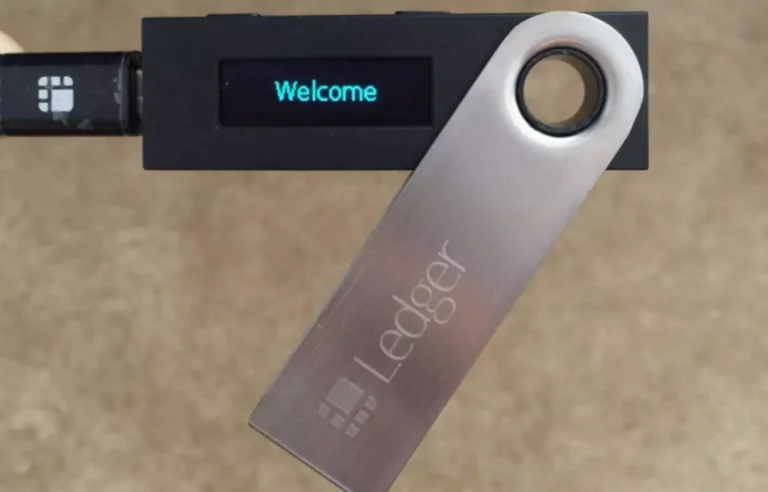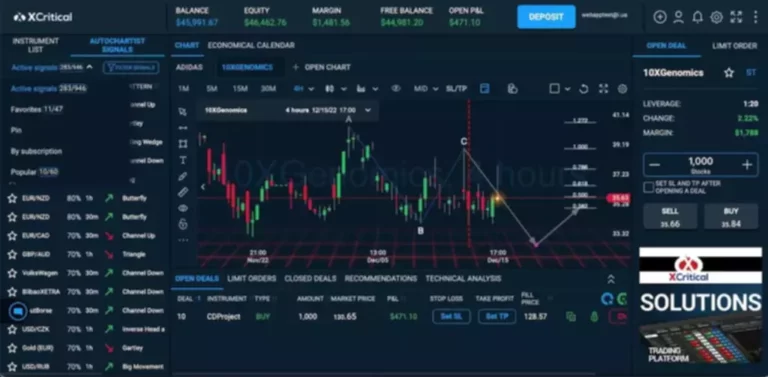What Are Liquidity Swimming Pools In Decentralized Finance Defi?
One of the most popular ways to earn rewards in DeFi is through liquidity mining, a course of that involves customers offering liquidity to DeFi protocols in exchange for rewards. You can nonetheless make profits by simply buying and selling DeFi belongings and rebalancing portfolios that hold the governance tokens of your dearest lending or DEX protocols. Simply enroll at Shrimpy and swap tokens to immediately acquire access to the bright future of decentralized finance.
Since liquidity swimming pools involve varied investments, regulators ensure that the investment portfolio is managed responsibly and that no purple flags appear. Because the exchange can management the liquidity pool, they may theoretically manipulate the costs available in the market. This is dangerous for traders, as it might result in surprising price swings and instability out there. Every time LP tokens are burnt, a worth adjustment is initiated primarily based on a deterministic algorithm, the Automated Market Maker (AMM). The fundamental liquidity pool uses a relentless commodity market maker algorithm, that means the amount of two tokens stays fixed.

In change in your contribution to the pool, you’ll receive liquidity tokens representing your share of the reserve. The development of crypto liquidity swimming pools presents favorable prospects for the general growth of crypto and DeFi generally. Liquidity swimming pools take away the necessity to anticipate matching orders in crypto transactions. At the identical time, using smart contracts in liquidity pools additionally ensures the ability for programming the best liquidity swimming pools in accordance with desired necessities. The next addition to a prime crypto liquidity pools listing would clearly check with Balancer.
How To Create A Liquidity Pool
There are additionally governance applications by which the token vote quota is particularly high. If the funds are pooled together rather than distributed individually, individuals can come collectively behind a common cause they believe is necessary for the protocol. When you’re buying the latest meals coin on Uniswap, there isn’t an actual seller on the opposite aspect.
Convexity Protocol is a outstanding liquidity protocol, empowering decentralized finance lovers with environment friendly capital deployment. Harnessing the ability of convex financial strategies maximizes yields for liquidity providers. With its user-friendly interface and advanced automation, Convexity simplifies the method of incomes enticing returns on digital assets. Furthermore, DeFi liquidity pools have facilitated the creation of revolutionary monetary instruments, similar to decentralized exchanges and lending protocols. These protocols rely on the liquidity the pools provide to allow peer-to-peer buying and selling and lending, decreasing reliance on conventional intermediaries and enhancing efficiency.
- James has 15+ years of experience in applied sciences ranging from Blockchain, IoT, Artificial Intelligence, and Augmented Reality.
- Users, known as liquidity providers, deposit their assets into these pools and in return obtain liquidity tokens, which represent their share of the total liquidity pool.
- However, systemic errors or vulnerabilities within the good contract can lead to permanent loss of funds, such as via a flash loan exploit.
- It empowers decentralized finance (DeFi) ecosystems by enabling seamless token swaps and enhancing liquidity across varied blockchain networks.
Risky and uncommon token pairs normally provide larger rewards, whereas a pair of stablecoins may generate near zero rewards. Bancor introduced a solution to the impermanent loss drawback by using an revolutionary v2 pool, which makes use of Chainlink oracles to maintain up the balance of property within the pool. However, systemic errors or vulnerabilities within the smart contract may end up in permanent lack of funds, such as through a flash loan exploit. An advantage of Uniswap is its open-source nature, allowing individuals to launch new swimming pools for any token without charges. Transitioning to its payment construction, Uniswap costs a competitive exchange payment of zero.3%.
Significance Of Crypto Liquidity Swimming Pools
You can uncover seven totally different swimming pools on the platform, with their distinct ERC-20 pool pair. As a outcome, it supports swapping for different pools of crypto assets and stablecoins, which include Compound, sBTC, PAX, BUSD, and others. Smart contracts, while revolutionary in their capacity to automate transactions on the blockchain, come with inherent risks and vulnerabilities. These digital agreements are prone to coding errors, leading to unintended penalties and financial losses. Vulnerabilities similar to reentrancy assaults, unchecked exterior calls, and integer overflow can be exploited by malicious actors, compromising the integrity of the contract.

Staking in a liquidity pool includes depositing or locking up your digital belongings in a pool to earn incentives. These incentives can embrace transaction charges from the pool or extra tokens from the protocol, typically enhancing the return for liquidity suppliers. An AMM (automated market maker) is a type liquidity mining pools of decentralized change protocol that uses a specific algorithm to price tokens. The rise of crypto liquidity pools boosts total development within the crypto markets and DeFi.
Liquidity Suppliers (lps)
Traders can then purchase or sell tokens from these pools, which modifications the stability of tokens in the pool and subsequently, the price. Each trade incurs a small fee, which is added to the pool, rewarding liquidity suppliers. Unlike holding onto assets, this type of loss can end result in precise monetary loss and differ in magnitude. Conduct thorough analysis earlier than investing in double-sided liquidity pools to understand and mitigate this danger. Transactions within liquidity swimming pools are smoother because of the constant updating of asset values by trade charges. Liquidity suppliers obtain LP tokens in proportion to the quantity of liquidity they contribute to the pool.

In addition, it also rebalances applications throughout margin buying and selling, exchanges, and lending protocols. In return for their contribution, liquidity suppliers are typically rewarded with transaction fees and other incentives, similar to yield farming rewards or governance tokens. These incentives purpose to attract and retain liquidity providers, encouraging their continued participation within the liquidity provision course of. Compared to conventional liquidity sources, some great advantages of Liquidity swimming pools in DeFi platforms are miles aside. This democratizes access to liquidity provision and promotes monetary inclusion.
How Does Liquidity Mining Work?
For example, Ethereum can double in value inside 5 days however the fees granted while farming it will not even cover half of what one would have made by HODLing. The finish result’s a symbiotic relationship the place each celebration receives something in return. Exchanges obtain liquidity, LPs charges, and end-users have the ability to trade in a decentralized fashion. Interestingly, Curve doesn’t provide a local token, though a CRV token won’t be distant.
Liquidity pools also may be vulnerable to a novel sort of fraud often identified as a “rug pull.” Scammers arrange a new cryptocurrency and push capital into the coin by way of DEX companies. The project backer’s fast funding drives coin prices sky-high, inspiring different investors to leap on the bandwagon. The liquidity swimming pools powering these trades can develop to hundreds of thousands of dollars in less than a day, and then the scammer withdraws the whole liquidity pool. For instance, Uniswap pools make use of a relentless product formulation to take care of price ratios for crypto tokens, while many DEX platforms use related models. This algorithmic approach helps preserve crypto market liquidity by managing the price and share of tokens as demand fluctuates. Newer, much less established decentralized trading protocols typically pay higher liquidity mining rewards than their more established counterparts.
These elements showcase the facility and potential of decentralized technologies. Let’s explore some case research and real-world purposes that spotlight their significance. Traditionally, you would have to purchase the equivalent value of assets and then manually put them into the pool.
What Is Dex Screener And Tips On How To Use It In Crypto Buying And Selling 2024
There was no choice in between and as such, the neighborhood was limited to either studying the method to day commerce or studying tips on how to keep glad with HODL income. The primary concept of connecting totally different exchanges with the ICTE liquidity pool focuses on reducing issues of security, custody, and latency. At the same time, ICTE provides the desired liquidity to all stakeholders and customers on the platform. All exchanges on the ICTE platform run independently, albeit as a part of the worldwide ICTE Alpha server architecture.
Rather than counting on a direct counterparty like in CEXs, trades on AMM are executed in opposition to the crypto market liquidity in the pool. These are algorithmic protocols that facilitate the automatic trading of assets inside the pool. When you commerce on an AMM, you don’t have a conventional counterparty; quite, you trade against the liquidity pool’s liquidity. A liquidity pool is a smart contract that stores funds provided by liquidity providers.
